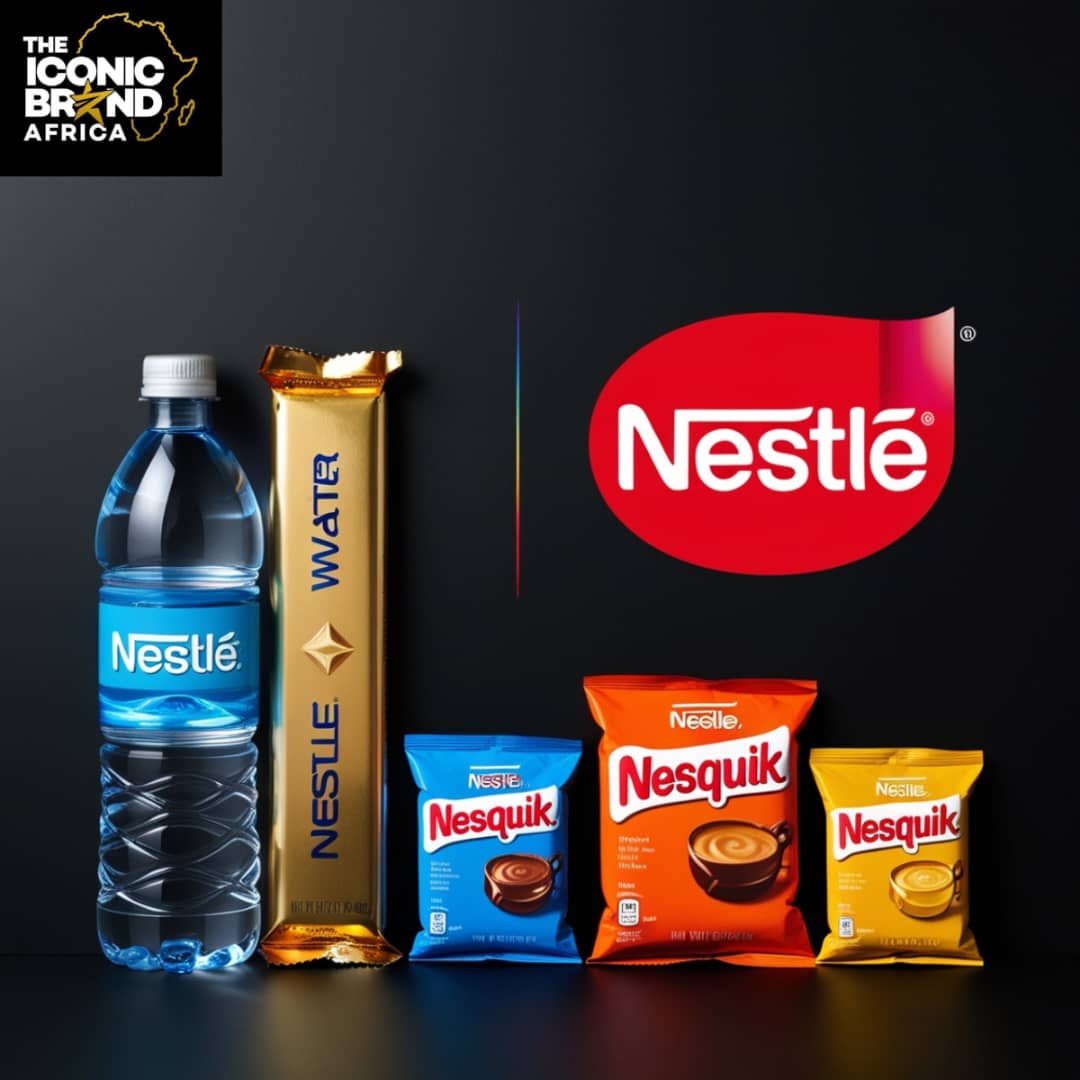Nestlé’s dominance in the food industry is unmatched, as the world’s largest food and beverage company offers a vast range of products, from baby food like Cerelac to popular beverages such as Milo and Nescafé. Known for its “Good Food, Good Life” mission, Nestlé continues to shape the global market and influence consumer choices worldwide.
But Nestlé’s success story goes far beyond its products. It’s a brand that has stood the test of time, maintaining relevance for over 150 years (since its founding in 1866).
How Has Nestlé Stayed Relevant for Over 150 Years?
Nestlé’s journey began with infant cereal production, but their path to dominance is marked by resilience, adaptability, and a relentless drive to improve lives. Over the years, the company has navigated global crises, including both World Wars, emerging stronger with each challenge. Through consistent innovation and diversification, Nestlé has managed to not only survive but thrive across generations, continually evolving to meet the changing needs of consumers.
Key Factors Behind Nestlé’s Dominance in the Food Industry
Adaptability: Nestlé has always been quick to adjust its strategies and product offerings in response to market demands, economic changes, and global shifts.
Problem-Solving Skills: The company has an impressive track record of turning crises into opportunities, whether it’s through innovation during tough times or meeting new consumer needs.
Trend Setting: As pioneers in many product categories, Nestlé has led the way in shaping consumer preferences, creating demand, and setting industry standards.
Diversification: With an expansive portfolio of products across different segments—from infant nutrition to coffee, pet care, and beyond—Nestlé caters to a broad audience with varying needs.
Commitment to Quality: Both in terms of product quality and quantity, Nestlé has built trust by consistently delivering excellence.
Consistency: The brand’s steady presence and consistent messaging have allowed it to become a household name globally.
Customer-Centric Approach: Nestlé places a strong emphasis on understanding and meeting customer needs, continuously enhancing its offerings to improve consumer lives.
Lessons for Today’s Brands
Modern brands can draw several lessons from Nestlé’s long-standing success:
Embrace Adaptability: Stay flexible and open to change as market dynamics evolve.
Solve Problems Creatively: Approach challenges as opportunities for innovation and growth.
Diversify to Stay Relevant: Don’t put all your eggs in one basket—explore different markets and product categories in your industry.
Focus on Quality and Consistency: Never compromise on the quality of your offerings, and maintain consistency to build long-term trust.
Stay Customer-Centric: Continuously listen to and anticipate the needs of your audience to remain competitive.
Conclusion on Nestlé’s Dominance in the food industry
Nestlé’s 150-year journey is a powerful example of how a company can remain relevant and successful through adaptation, innovation, and commitment to improving lives. Also, their major goal in the last 7 years – creating a better tomorrow, today serves as a lesson to business brands to not only think about satisfying the present needs of their audience, but also look forward to their future needs.
